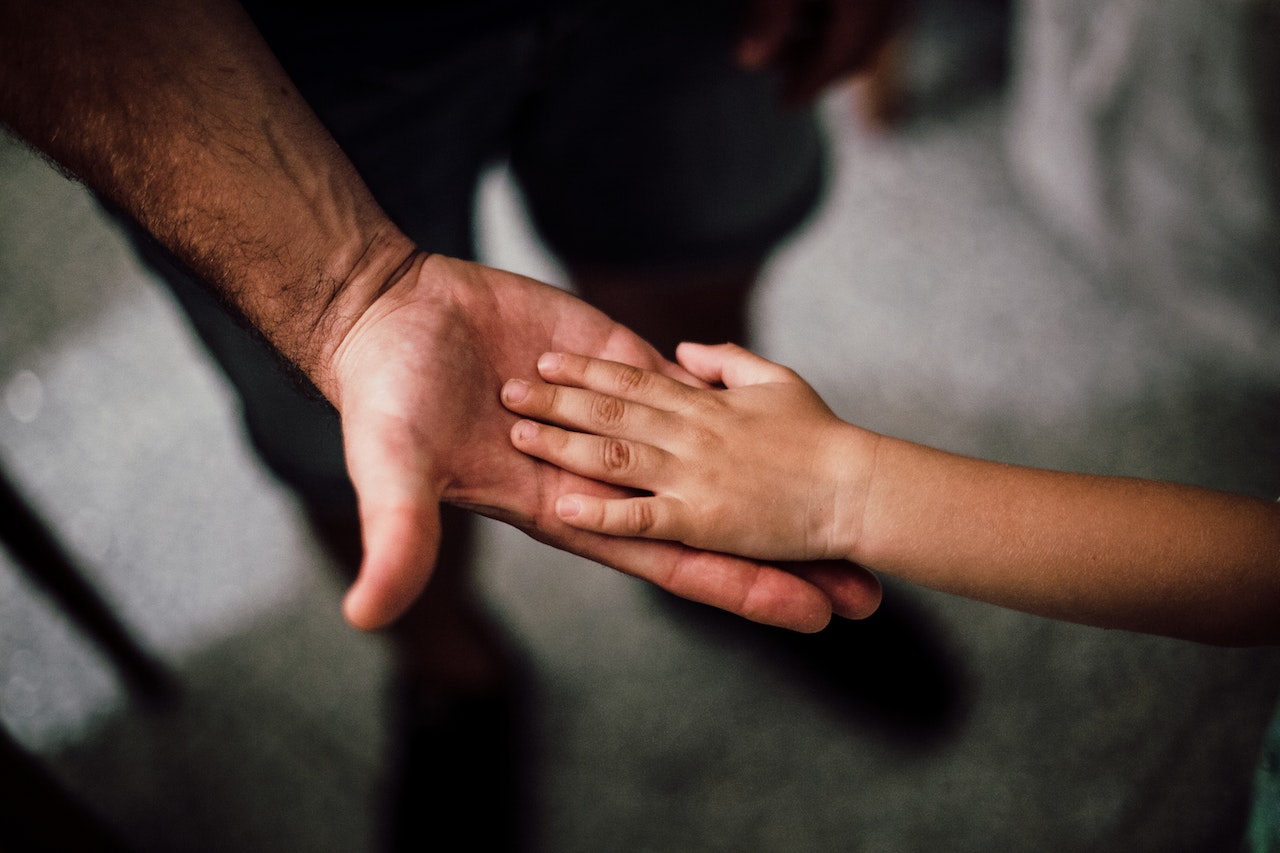This post was originally published on Good on You
This is a sponsored article featuring brands that have been independently assessed by our rigorous ratings system. We’re proud to only collaborate with “Good” and “Great” rated brands. Learn more.
Meet the platforms and online retailers that bring more sustainable brands into one place.
Why shop more sustainably?
Fashion has myriad impacts on people, the planet, and animals—it is one of the world’s most significant polluters, both in terms of greenhouse gases and in physical waste from discarded textiles that now cover beaches, deserts, and landfills. And as ultra fast fashion brands continue in their race to the bottom—producing more clothes than ever and cutting corners on everything from human rights to material safety—fashion’s impact is worsening.
While much of the onus to bring about systemic change is on brands themselves and legislators, we as consumers can reduce our impacts by choosing to buy less, buy better, and look after the items we own so that they stay in use for longer.
We always recommend considering what you already own and seeking second-hand options when you’re thinking about making a purchase, but by choosing to shop from more sustainable brands and retailers when you do need something new, you’re supporting those who are working to make the fashion industry more responsible, and investing in something that’ll go the distance in your wardrobe. But where to buy more sustainable clothing online?
Where to shop more sustainably online
There are plenty of round-ups out there for more sustainable brands—you can find loads on Good On You, in fact. But what about the platforms and online stores that bring more ethical shopping under one roof—or rather, website? Here, we’re sharing 10 places to shop online for more sustainable products. Some specialise in curating better brands and sort them into categories like womenswear, men’s, jewellery, kids, beauty, luxury, and home products, while others help you live more responsibly by buying and selling second-hand items—keeping products in use for longer and diverting them from landfill. Read on to discover the online platforms helping you make better choices in 2025.
Best for second-hand luxury: Vestiaire Collective
Headquartered in Paris but with users the world over, Vestiaire Collective is a pre-owned luxury marketplace where consumers can buy and sell second-hand fashion and accessories. Listings are digitally verified and can be authenticated in person by a team of experts, too, affording you peace of mind when investing in designer items. Expect finds from the likes of Stella McCartney and more.
Best for vegan fashion: Immaculate Vegan
As the name suggests, Immaculate Vegan sells fashion, accessories, homewares that are free from animal-derived materials. The online retailer stocks many “Good” and “Great” brands including NAE, Baukjen, and KOMODO.
Discover animal-free fashion on Immaculate Vegan.
Best for variety: Made Trade
Made Trade is a woman-owned retailer that curates the very best more sustainable and ethical brands. It has a great selection of homewares including furniture, kitchenware, and bedding, whilst also offering the best more sustainable fashion and accessories brands, too. The online platform rigorously vets all brands for their manufacturing process, labour conditions, materials, third-party verifications, and more to ensure they are working more sustainably.
Browse Made Trade’s curated selection.
Best for the biggest luxury brands: LVRSustainable
LVRSustainable is part of luxury retailer LuisaViaRoma and offers a curated selection of more sustainable brands—including lots of “Good” and “Great”-rated ones—that make menswear, womenswear, home products, kidswear, and beauty, too. You can filter by values like lower impact, ethical craftsmanship, organic, and recycled and upcycled garments.
Discover LVRSustainable’s edit.
Best for slow fashion: Urbankissed
Urbankissed is a “slow and ethical marketplace” that sells handmade items and products made in limited numbers from small brands across the world. You’ll find many “Good” and “Great”-rated brands on the platform including Artknit Studios, O My Bag, and The Knotty Ones.
Best for curated edits: Earthkind
Multi-brand online platform Earthkind is where “aesthetics, ethics and innovation meet”. Earthkind’s website is designed to help you integrate more sustainable fashion easily into your life through values-based filters—like transparency, vegan, or organic—and shopping edits for specific events and moments, such as cosy mornings, date night drinks, and working from home. “Good” and “Great”-rated brands on the site include Armedangels, COSSAC, Whimsy & Row, and many more.
Shop more sustainable brands on Earthkind.
Best for discovering new luxury brands: Rêve En Vert
Since its founding in 2013, Rêve En Vert has been the go-to for more sustainable luxury brands that major eCommerce retailers don’t often stock. It means the platform is full of beautiful and unexpected finds, from fashion to homeware, beauty, and bridal.
Find your next favourite brand on Rêve En Vert.
Best for more sustainable men’s fashion: Brothers We Stand
While other retailers on this list stock menswear, Brothers We Stand is a dedicated online store for men’s clothes and accessories by more sustainable brands, including Elvis & Kresse. Brothers We Stand is also a clothing label in its own right, so there’s plenty to discover on its website.
Best for designer resale: Farfetch Pre-owned
As one of the world’s biggest online luxury fashion brand stores, Farfetch is a great place to discover pre-loved designer items from customers around the globe. Expect second-hand items that’ve been expertly assessed, graded, and priced accordingly by Farfetch’s team of experts.
Discover pre-owned designer items on Farfetch.
Best for affordable pre-loved finds: eBay
You can get just about anything on long-standing auction site eBay, including fashion and accessories. It’s great if you’re looking for something in particular, like a brand or product, since you can easily set up a saved search and get alerts every time something fitting your criteria comes up.
Find your next pre-loved item on eBay.
Looking for something specific? Check out our ultimate guides to vegan fashion, menswear, childrenswear, and shoes.
The post 10 Online Stores for Shopping More Sustainably in 2025 appeared first on Good On You.





0 Comments